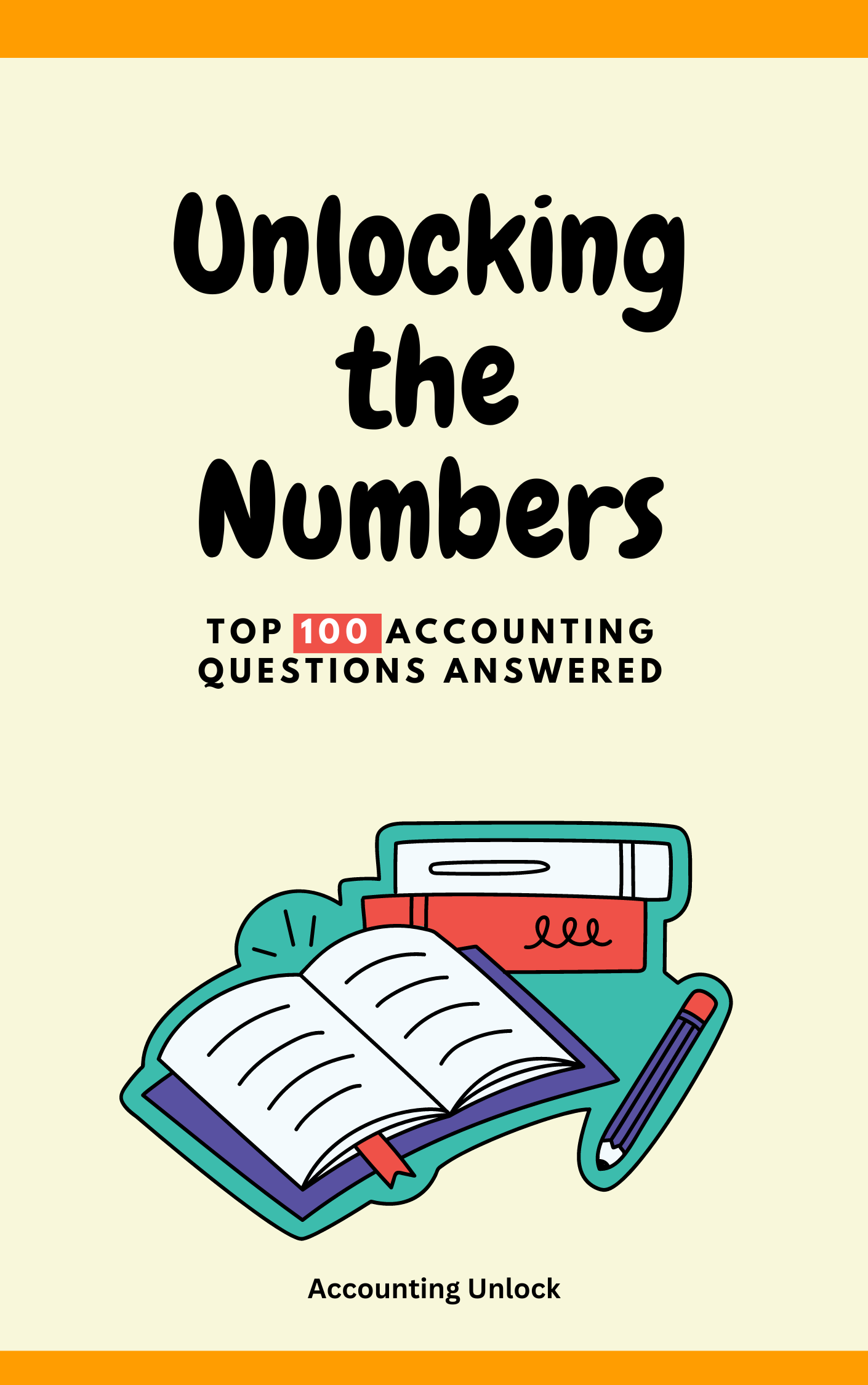Ah, young financial detectives! Ever dreamt of building a lemonade stand empire so grand, your sunshine in a cup melts hearts from coast to coast? “Idle capacity” is like your little stand on a quiet Tuesday afternoon, with plenty of ice, lemons, and sunshine… but not a customer in sight!
Imagine you’re a master mixologist, crafting liquid gold from lemons at your bustling corner stand. You’ve prepped everything perfectly, but suddenly, the beach is deserted. That’s idle capacity, like empty cups lining your stand, telling you some of your precious lemonade-making potential is going unused.
Think of it like a superhero power… turned off:
- Super strength: You could squeeze a mountain of lemons, but with no one buying, your muscles are just flexing in the void.
- Super speed: You could whip up gallons of lemonade in a flash, but with no orders, your blender whirs its lonely tune.
- Infinite endurance: You could stand there all day, rain or shine, but without customers, your cheerful smile might start to feel a little forced.
Why is idle capacity important in accounting?
- Waste and inefficiency: It highlights unused resources, like those extra lemons languishing in your bowl, showing you where money and effort might be going to waste.
- Lost profits: Every empty cup represents a missed opportunity to make money, like watching potential sales flow down the drain instead of into your lemonade jar.
- Making smart decisions: Understanding idle capacity helps you decide if you need to adjust your prices, attract more customers, or even consider closing up shop for the day, like deciding whether to stay open or enjoy a quiet afternoon yourself!
How is idle capacity handled in accounting?
- Financial detectives on the case: Accountants use fancy formulas and data analysis to figure out how much idle capacity your stand has, considering things like your usual customer flow, weather patterns, and maybe even competitor activity.
- Monitoring and adjustments: They track your actual sales and compare them to your expected sales, like counting your empty cups at the end of the day. If there’s a lot of idle capacity, they might suggest lowering prices, offering specials, or even taking a nap in the shade and coming back tomorrow!
- Reporting and communication: Accountants make sure everyone involved in your lemonade empire understands the concept of idle capacity, from you, the master mixologist, to your neighbor who helps stack cups, so everyone can work together to fill those cups to the brim!
Key points about idle capacity:
- Represents unused production or service potential.
- Highlights waste and lost profits.
- Used for monitoring performance and making strategic decisions.
Remember, young sleuths, mastering idle capacity is like having a magic straw for your lemonade empire! It equips you to understand resource utilization, identify profit leaks, and squeeze every drop of financial success from your entrepreneurial endeavors.





